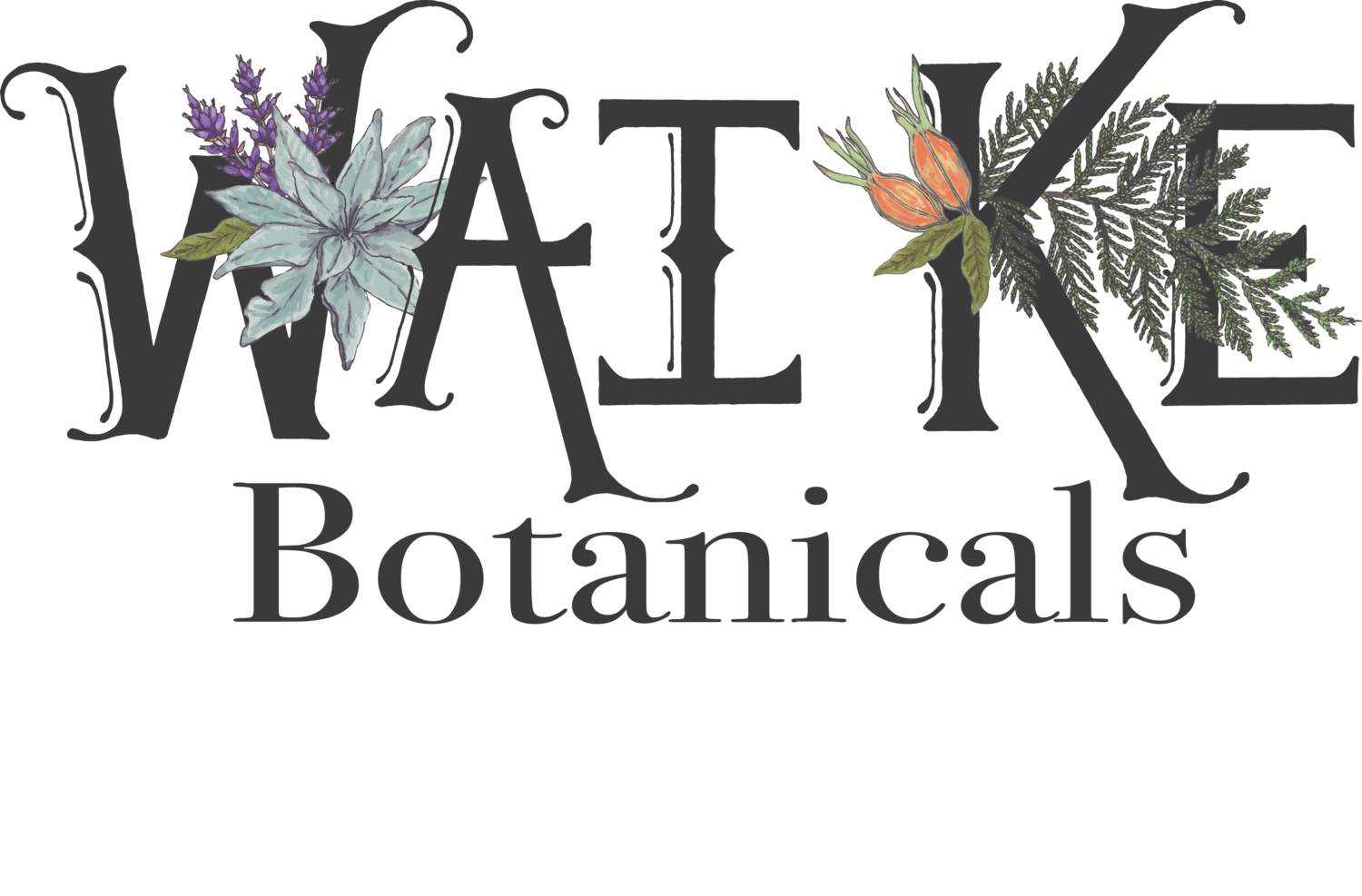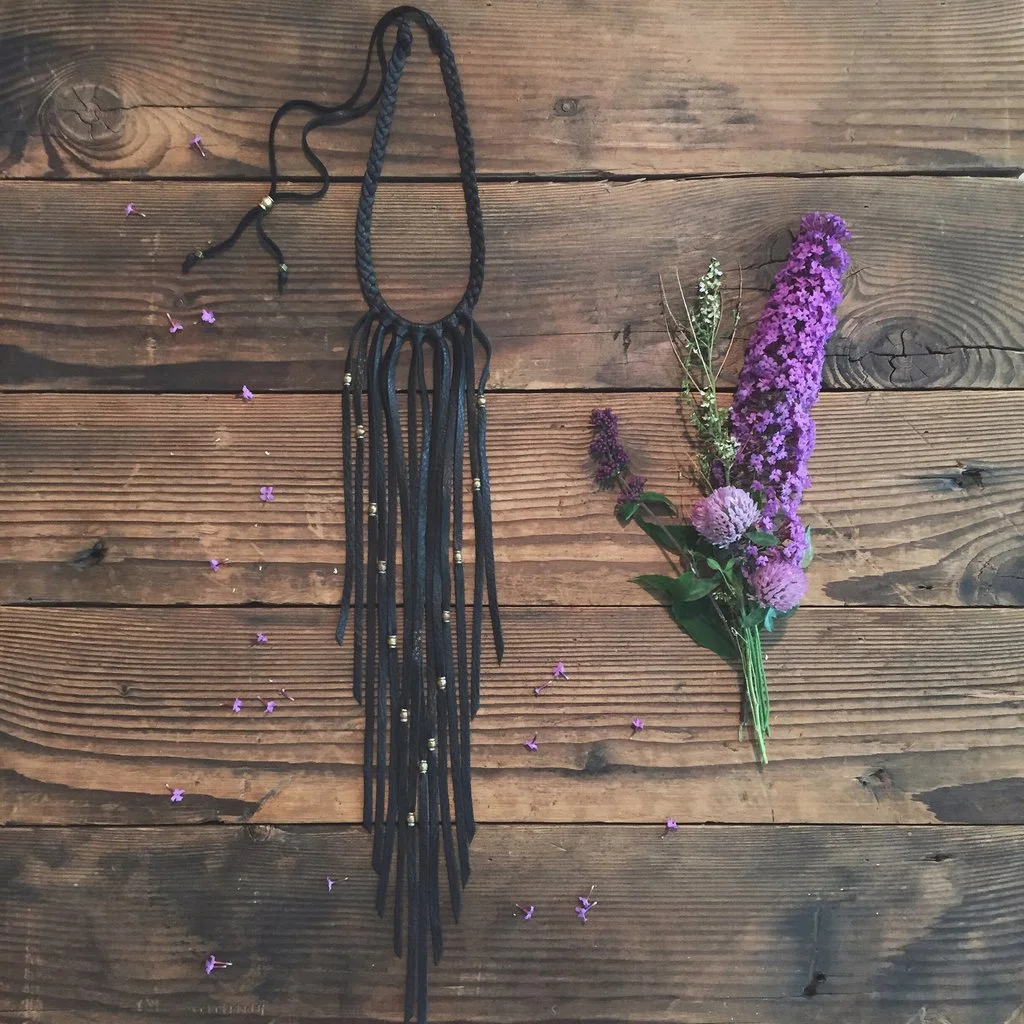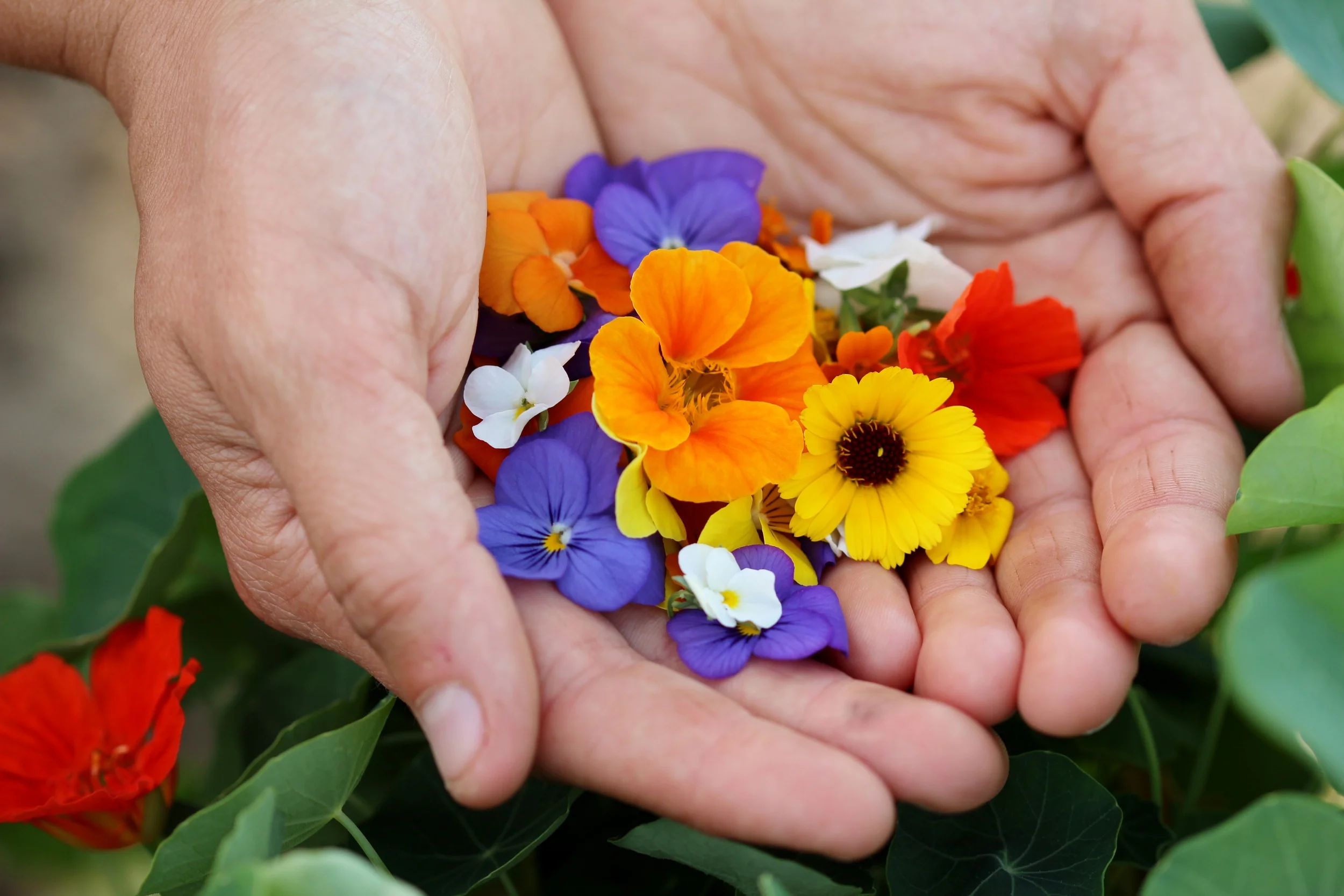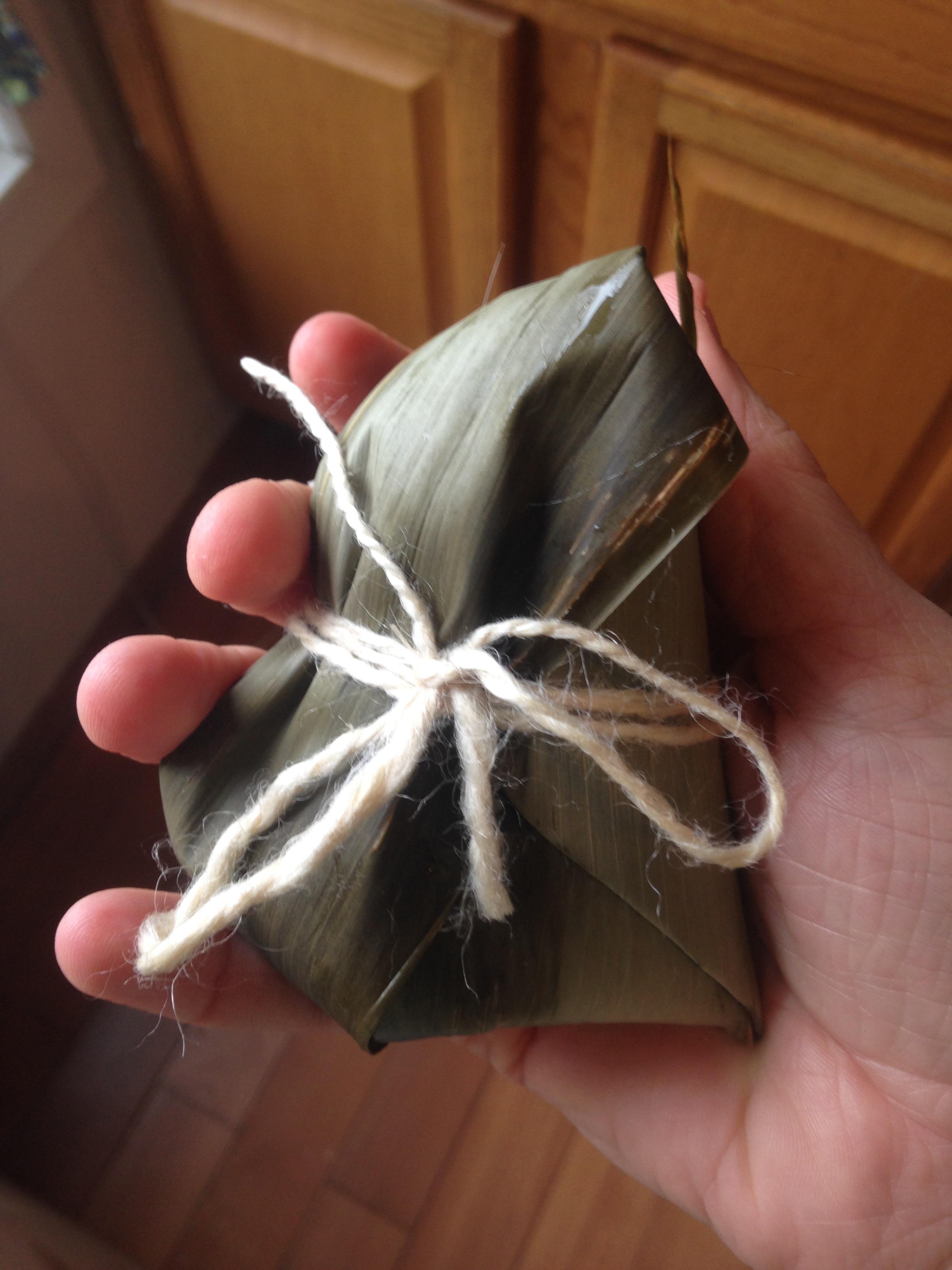Hong hua's botanical name is Carthami flos, or safflower. This is one of my favorite herbs! It's only the petals of the flower that are used and they're so so light. Opening a bag or container of hong hua is like getting punched in the face by a stinky wet dog, but like many aromatic morsels, once it's cooked into tea the aroma changes and it tastes nothing like it's initial aroma would lead you to believe! It has the properties of being acrid and warm, both of which promote movement. In Chinese medicine, safflower is used to promote the movement of blood to help alleviate pain. Because of these blood moving actions, it's considered contraindicated during pregnancy.
It's a specialty herb for both gynecological conditions as well as for treating traumatic injuries. Dosage plays an important role in this herbs strength of action -- with higher doses strongly breaking up blood stasis and lower doses gently regulating and invigorating. This flower is a bright red-orange and has thin petals. If you think about the Doctrine of Signatures it makes sense that this herb goes to the blood and opens the channels to dispel stagnation!
According to an article written in Acupuncture Today, "safflowers are grown in the Henan, Hubei, Sichuan and Zhejiang provinces [of China]. The flowers are picked from the plant in the summer, after the petals turn bright red, and are dried in the shade for herbal medicine." It's native to Asia and parts of Northern Africa along the Nile river watershed and generally flowers in June and July. Wouldn't it be amazing to see a field of these beautiful flowers! Probably as awe-inspiring as the fields of sunflowers growing in the Midwest!
This herb shows up in a lot of my ingredient lists! It's in the Aches + Pains (coming in August, 2015) Liniment, 4 Resin Salve to Alleviate Pain, Herbal Ice, Trauma Liniment, and the Eagle Claw Liniment.
This information is for educational purposes only. It has not been evaluated by the FDA and is not meant to treat, cure, or prevent any disease.





















